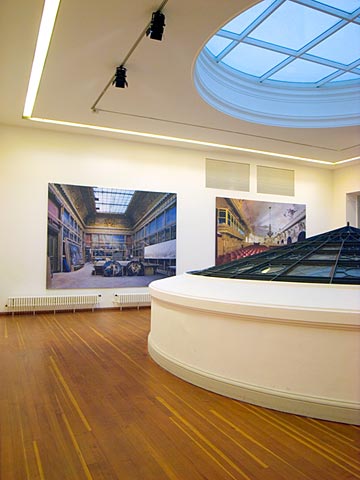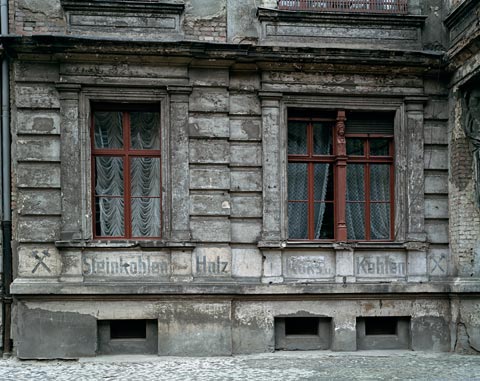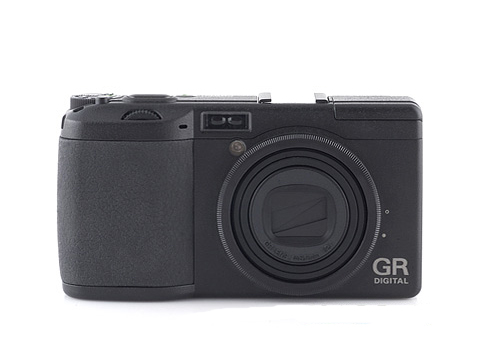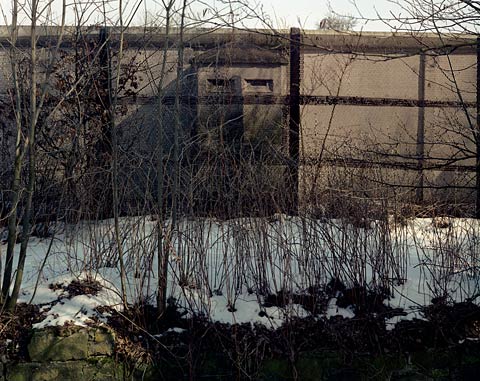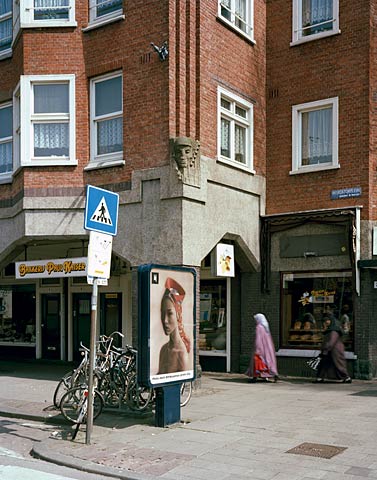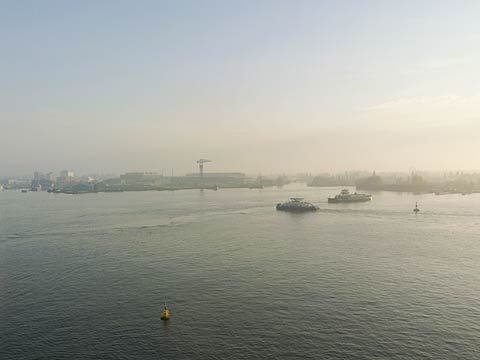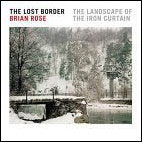Berlin
Day Two
Began the day at the Potsdamer Platz Starbucks. That should give you an idea how much things have changed in Germany. Not to mention the fact that Potsdamer Platz was a desolate zone of abandonement with the Wall running through it until 1989. And then reconstruction only began in the mid-90s.
The Platz was filled with soccer-related activities--the World Cup, hosted by Germany, is just a couple of weeks off--and on the horizon, the Fernsehturm's ball-shaped top was decorated as a magenta and silver soccer ball. Magenta being the ever present color of sponsor Deutsche Telecom. I took a photograph of the Berlin Wall exhibit, comprised of wall segments and information panels, in front of one of the entrances to the Potsdamer Platz Bahnhof.
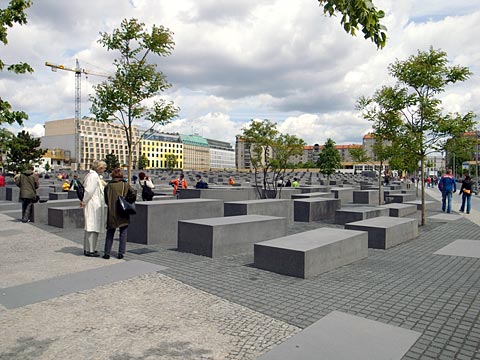
Holocaust Memorial
I then walked a short distance away to the Holocaust memorial, to be exact, the Monument to the Murdered Jews of Europe. I understand the reasons for the name, but the chilling specificity of it guarantees that it will never be used by most visitors. I've already had a heated conversation with someone who did not apprehend nor appreciate the fact that the memorial excluded the Gypsies, homosexuals, and other victims of the Nazis. Whatever the matter, the memorial has become an enormously "popular" tourist destination.
I last photographed the site in 2004 when finishing up my book The Lost Border. At that time, it was mostly finished, but still fenced off. Visitors could climb viewing platforms for a better view. Now, the field of stone beckons one and all to wade in among the black slabs and descend into the disorienting grid. Children delight in the maze-like aspect of it, which is something architect Peter Eisenman anticipated. But he would likely not approve of the fast food outlets and souvenir shops that have been given residence along the eastern edge of the memorial.
I stayed at the memorial for about three hours taking pictures. Several people came up to chat. One elderly woman from the Netherlands who remembered Kristallnacht and all that followed soon after. The sun was intermittent, which meant I had to wait for long periods of time for the light, but the skies were filled with swiftly moving clouds. I spoke with one student photographer from Germany, and told him that I was not really photographing the thing itself, but rather what contains the thing itself. By that I meant the landscape versus particular objects or events, as well as my philosophical approach to looking at the world.
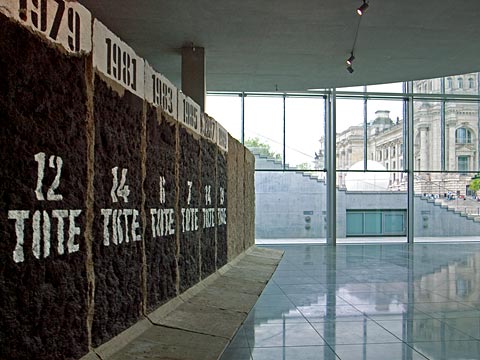
Berlin Wall Memorial, Marie-Elisabeth Lueders House,
Reichstag in the background
After that I walked past the Brandenburg Gate and Reichstag taking a couple of pictures along the way. I was interested in the new Hauptbahnhof, which was about to open that weekend, but with cloudiness and light rain I moved on. I crossed the Spree river and entered a Berlin Wall memorial in one of the government buildings. A number of slabs of the Wall had been erected in a large space following the trace of the former borderline. The slabs were painted with the numbers of people killed trying to escape across the border each year beginning with 1961 when the Wall was erected. The presentation was credited to the building's architect, but I knew that the idea was taken from an earlier unofficial memorial done outside by Ben Wargin. Here is the original installation.
Began the day at the Potsdamer Platz Starbucks. That should give you an idea how much things have changed in Germany. Not to mention the fact that Potsdamer Platz was a desolate zone of abandonement with the Wall running through it until 1989. And then reconstruction only began in the mid-90s.
The Platz was filled with soccer-related activities--the World Cup, hosted by Germany, is just a couple of weeks off--and on the horizon, the Fernsehturm's ball-shaped top was decorated as a magenta and silver soccer ball. Magenta being the ever present color of sponsor Deutsche Telecom. I took a photograph of the Berlin Wall exhibit, comprised of wall segments and information panels, in front of one of the entrances to the Potsdamer Platz Bahnhof.

Holocaust Memorial
I then walked a short distance away to the Holocaust memorial, to be exact, the Monument to the Murdered Jews of Europe. I understand the reasons for the name, but the chilling specificity of it guarantees that it will never be used by most visitors. I've already had a heated conversation with someone who did not apprehend nor appreciate the fact that the memorial excluded the Gypsies, homosexuals, and other victims of the Nazis. Whatever the matter, the memorial has become an enormously "popular" tourist destination.
I last photographed the site in 2004 when finishing up my book The Lost Border. At that time, it was mostly finished, but still fenced off. Visitors could climb viewing platforms for a better view. Now, the field of stone beckons one and all to wade in among the black slabs and descend into the disorienting grid. Children delight in the maze-like aspect of it, which is something architect Peter Eisenman anticipated. But he would likely not approve of the fast food outlets and souvenir shops that have been given residence along the eastern edge of the memorial.
I stayed at the memorial for about three hours taking pictures. Several people came up to chat. One elderly woman from the Netherlands who remembered Kristallnacht and all that followed soon after. The sun was intermittent, which meant I had to wait for long periods of time for the light, but the skies were filled with swiftly moving clouds. I spoke with one student photographer from Germany, and told him that I was not really photographing the thing itself, but rather what contains the thing itself. By that I meant the landscape versus particular objects or events, as well as my philosophical approach to looking at the world.

Berlin Wall Memorial, Marie-Elisabeth Lueders House,
Reichstag in the background
After that I walked past the Brandenburg Gate and Reichstag taking a couple of pictures along the way. I was interested in the new Hauptbahnhof, which was about to open that weekend, but with cloudiness and light rain I moved on. I crossed the Spree river and entered a Berlin Wall memorial in one of the government buildings. A number of slabs of the Wall had been erected in a large space following the trace of the former borderline. The slabs were painted with the numbers of people killed trying to escape across the border each year beginning with 1961 when the Wall was erected. The presentation was credited to the building's architect, but I knew that the idea was taken from an earlier unofficial memorial done outside by Ben Wargin. Here is the original installation.
